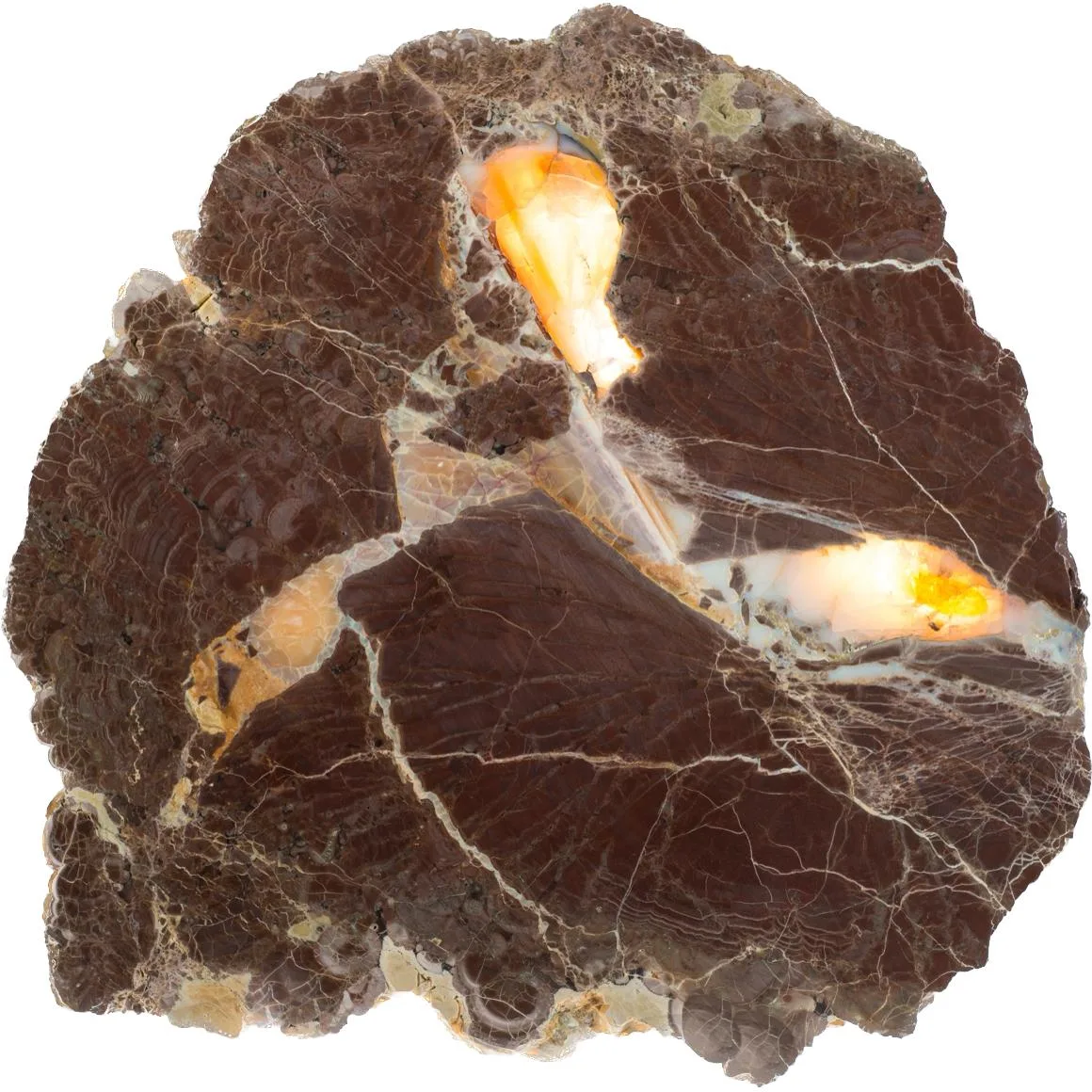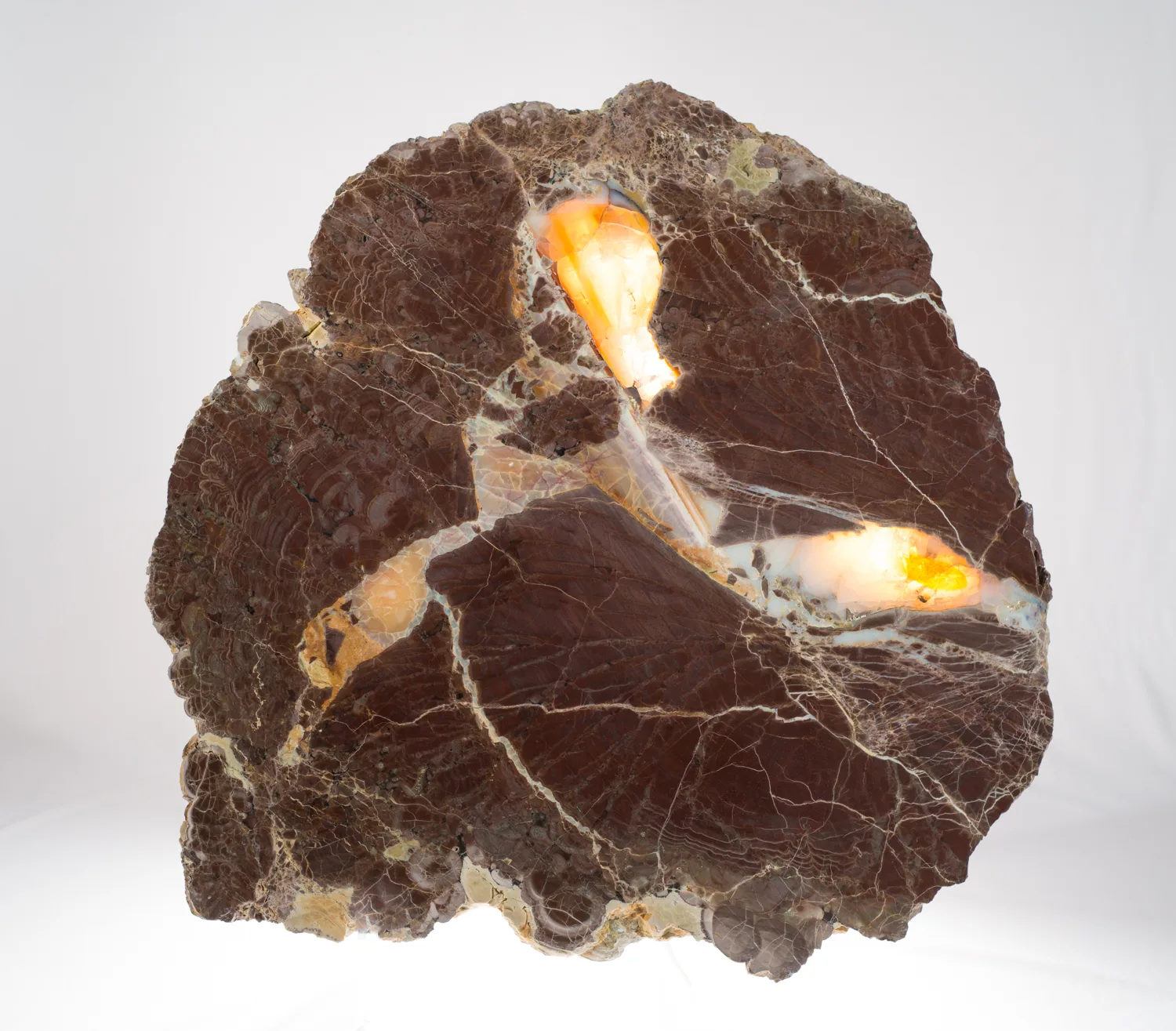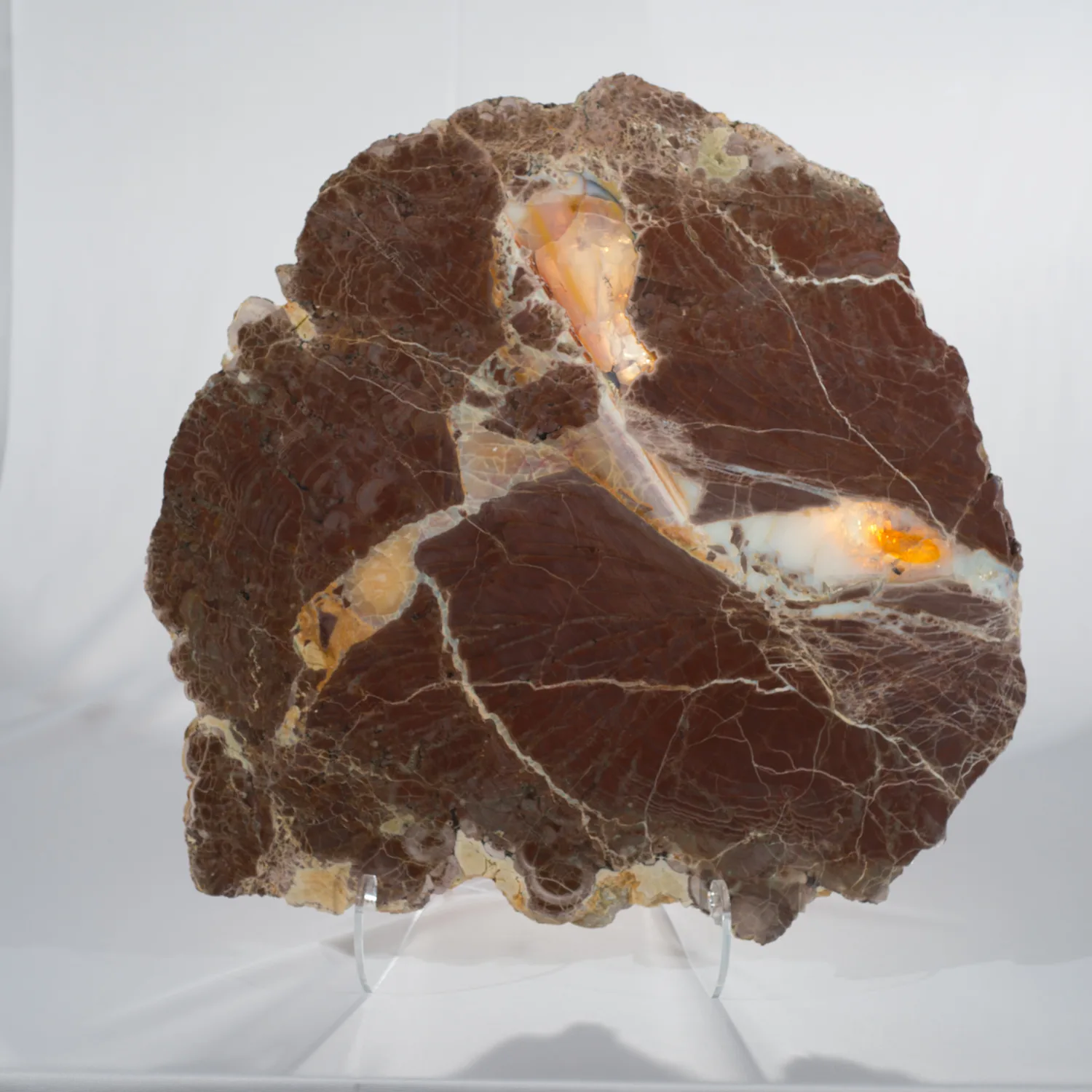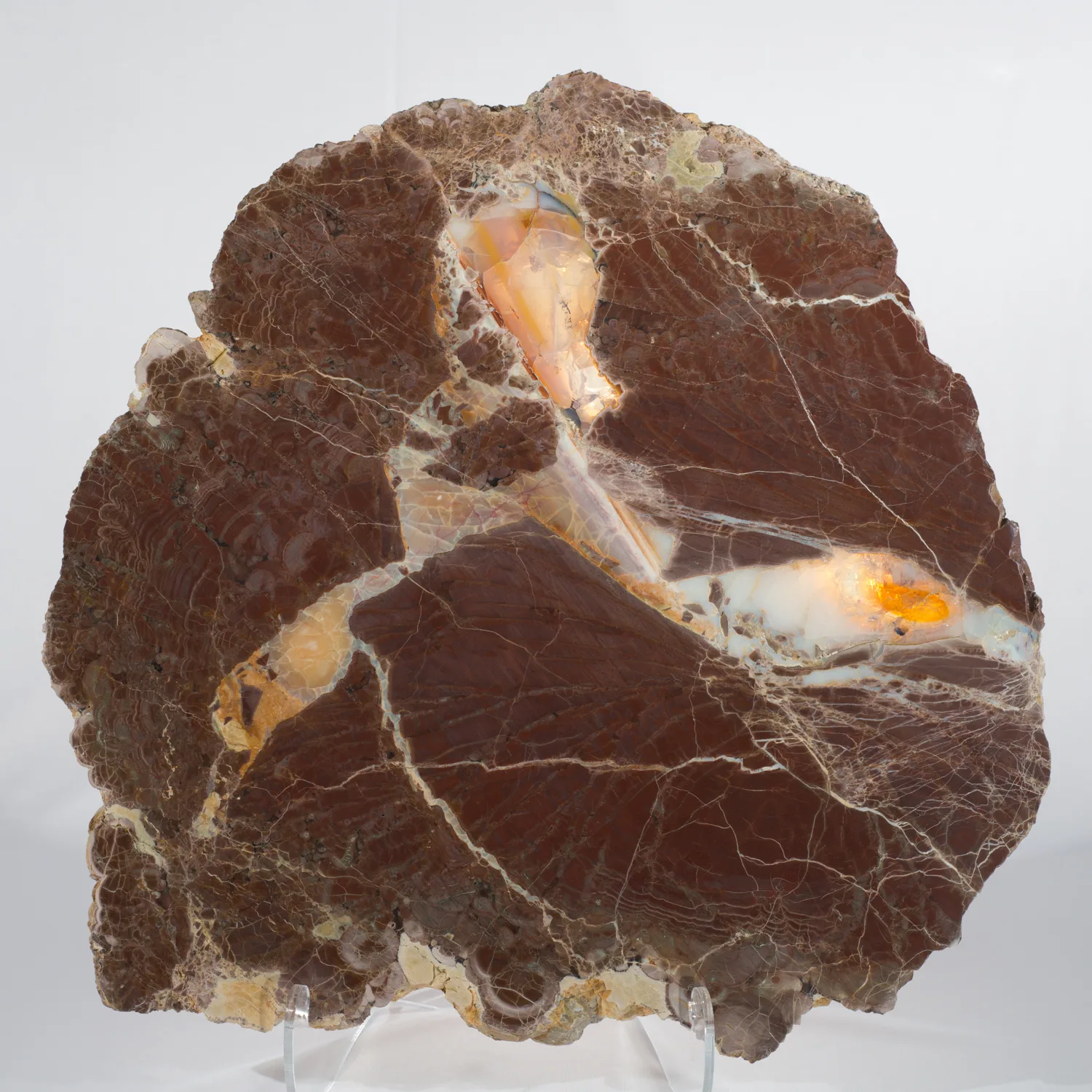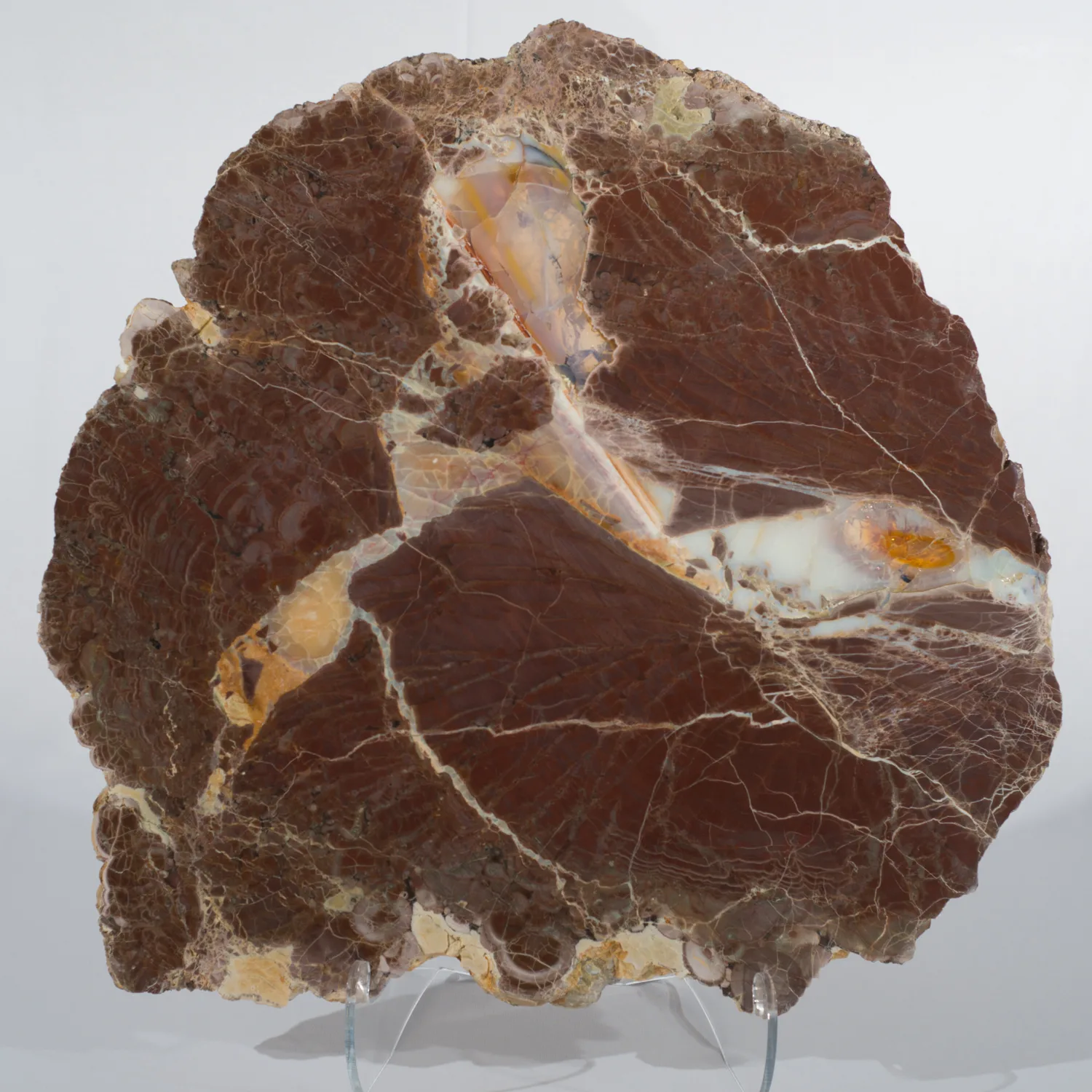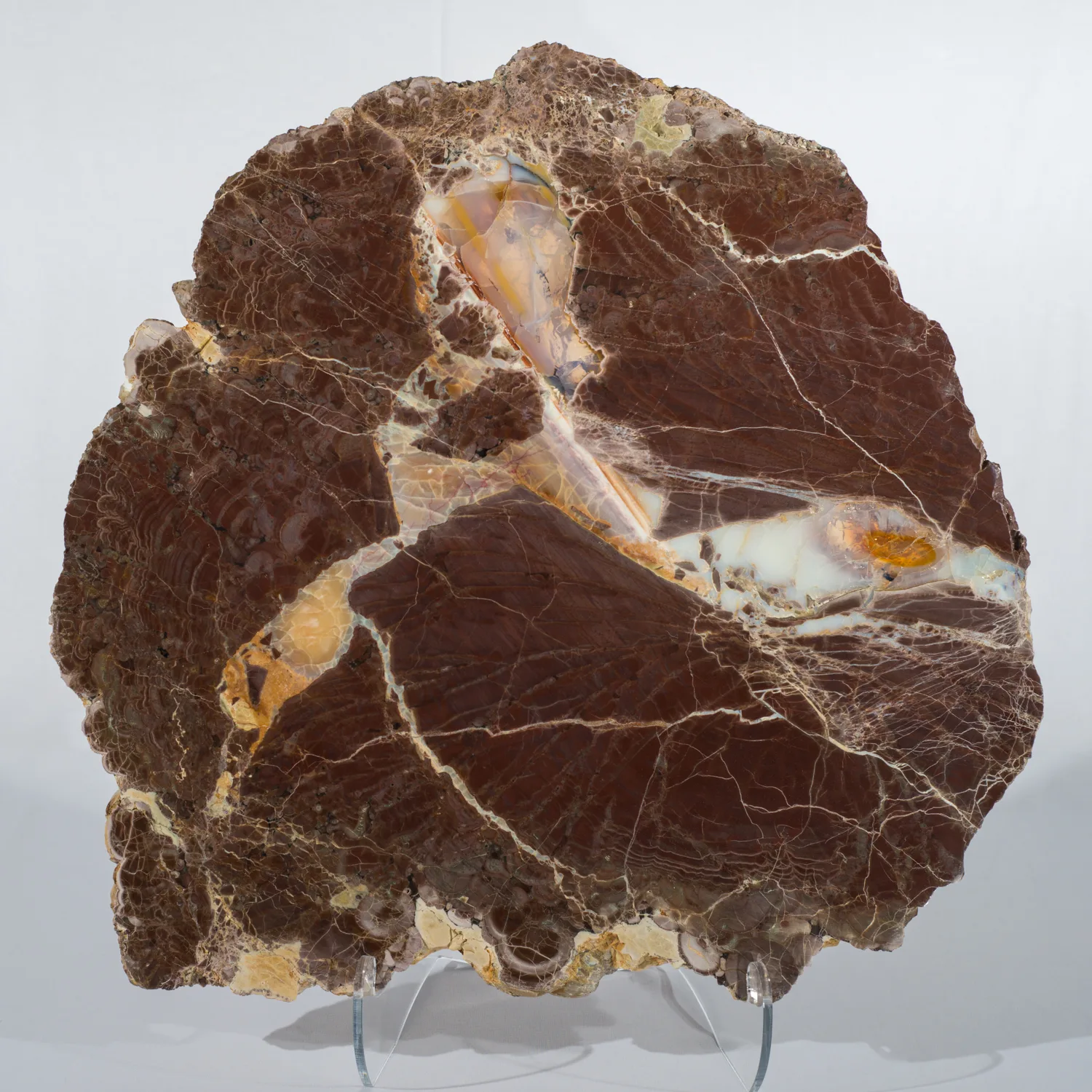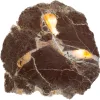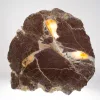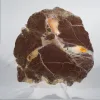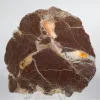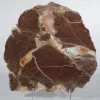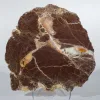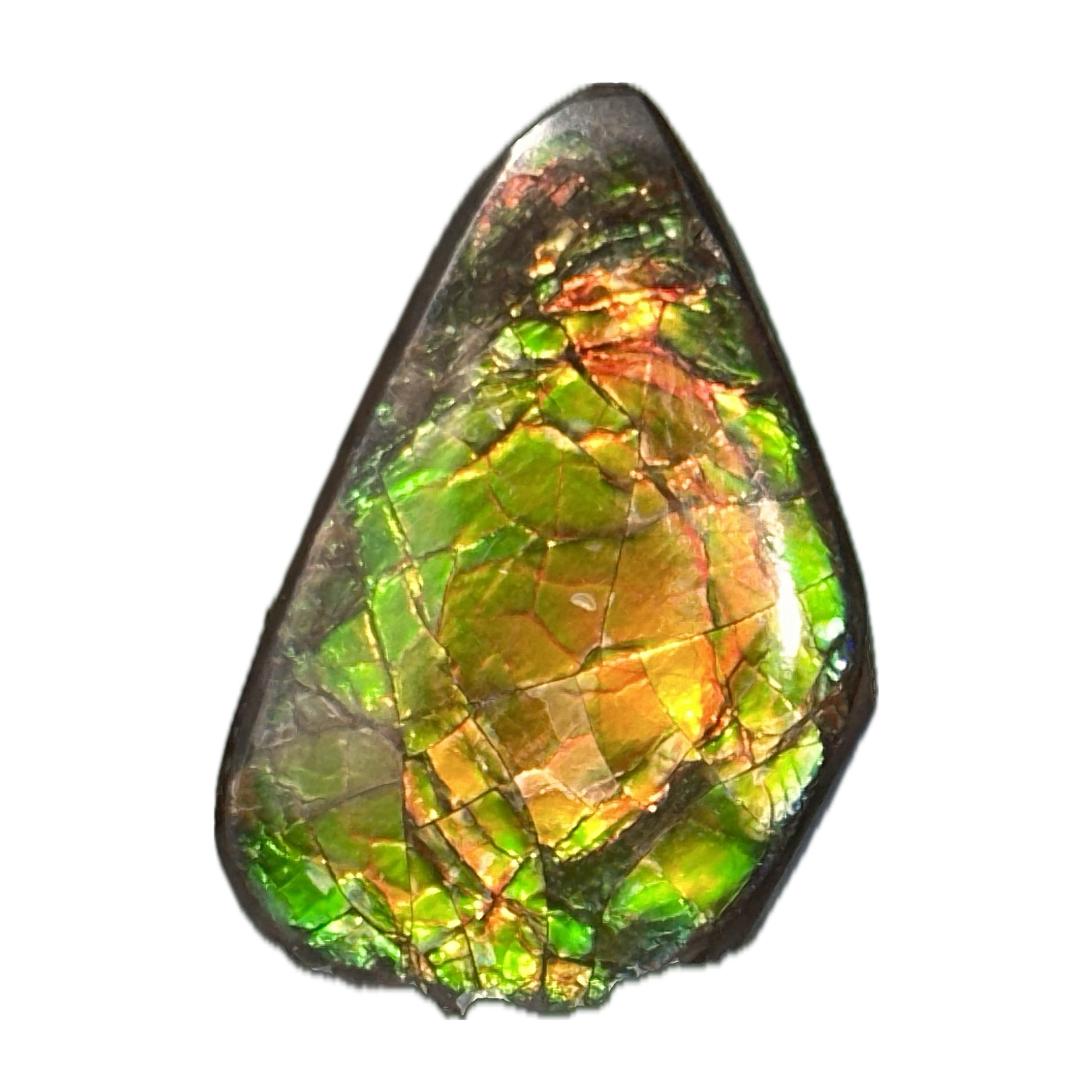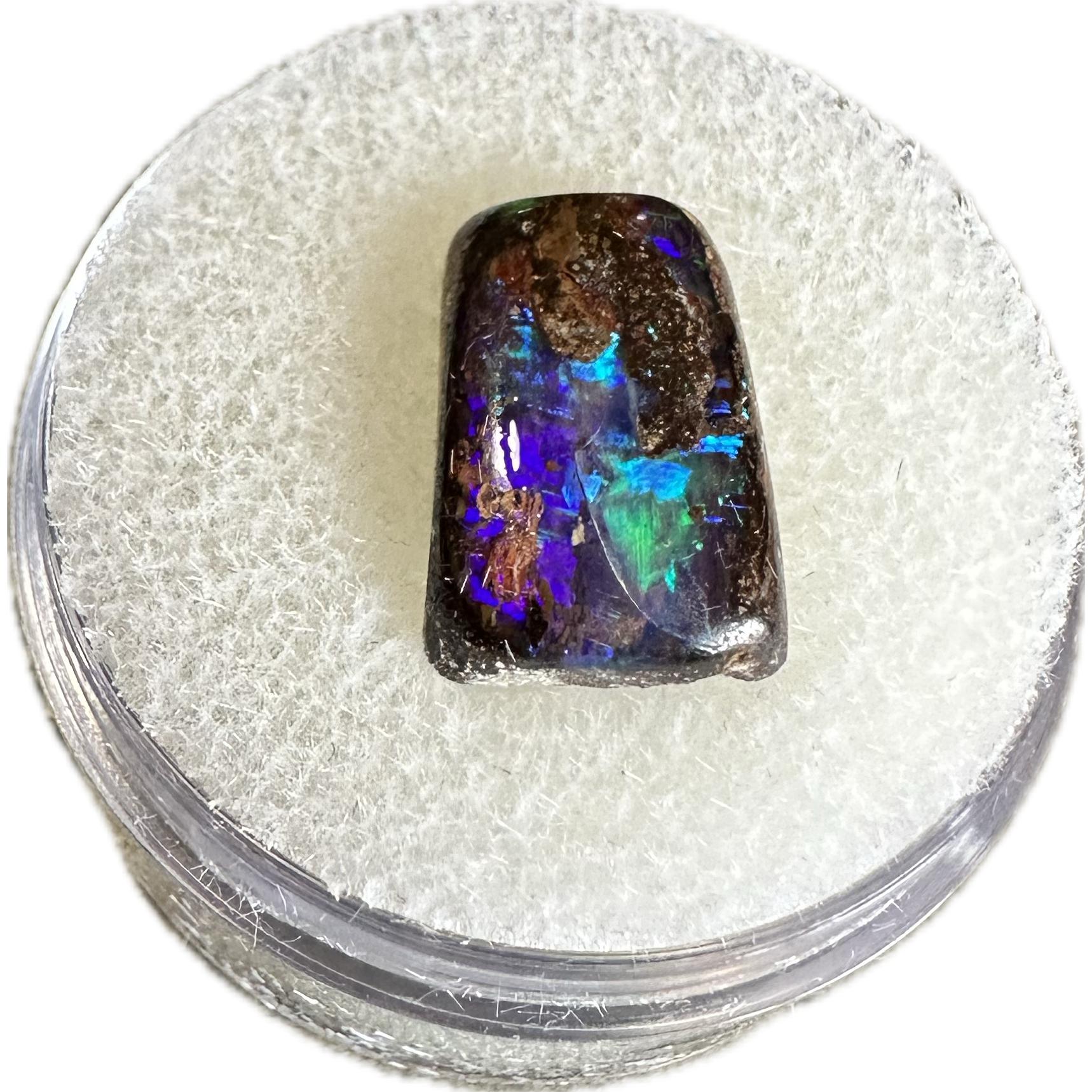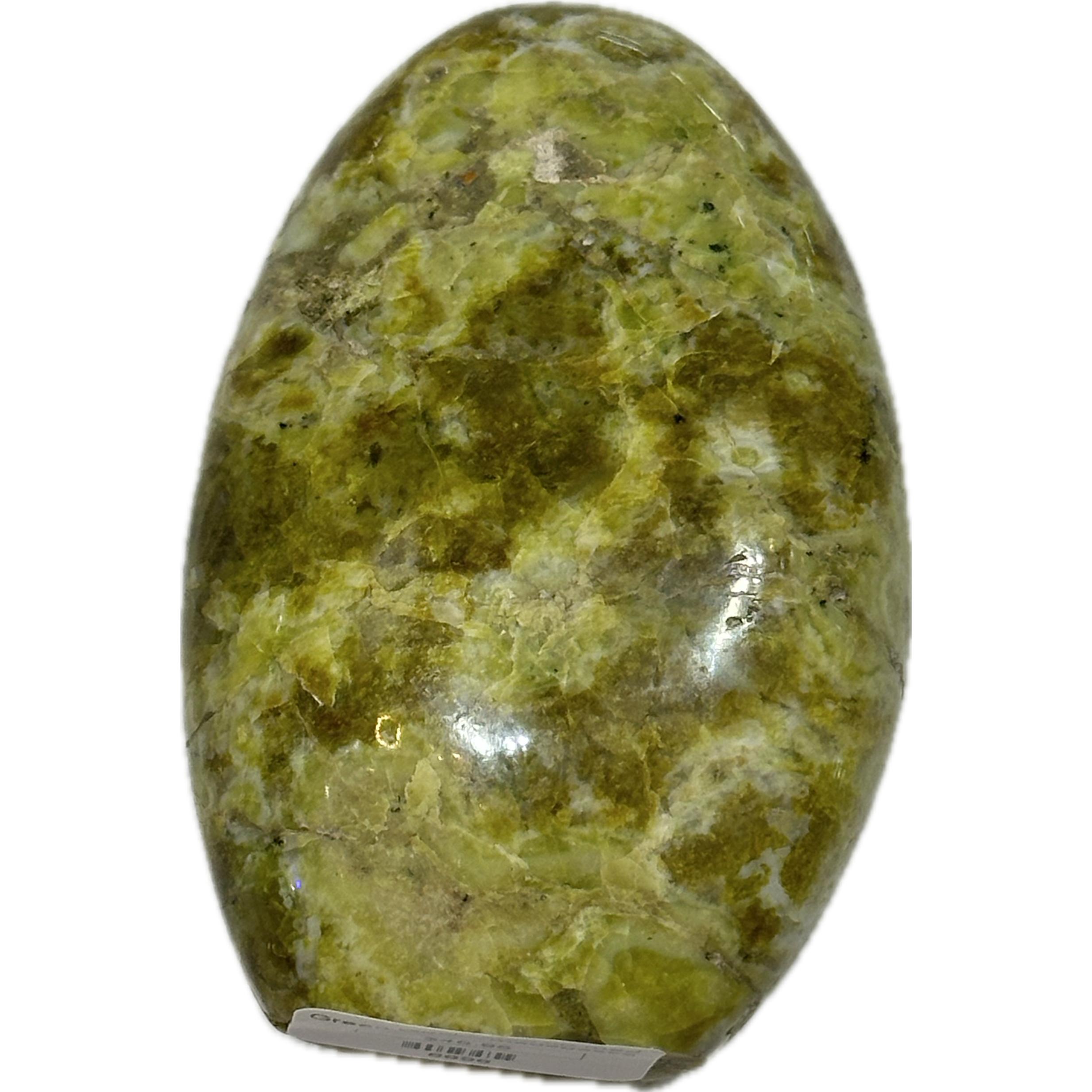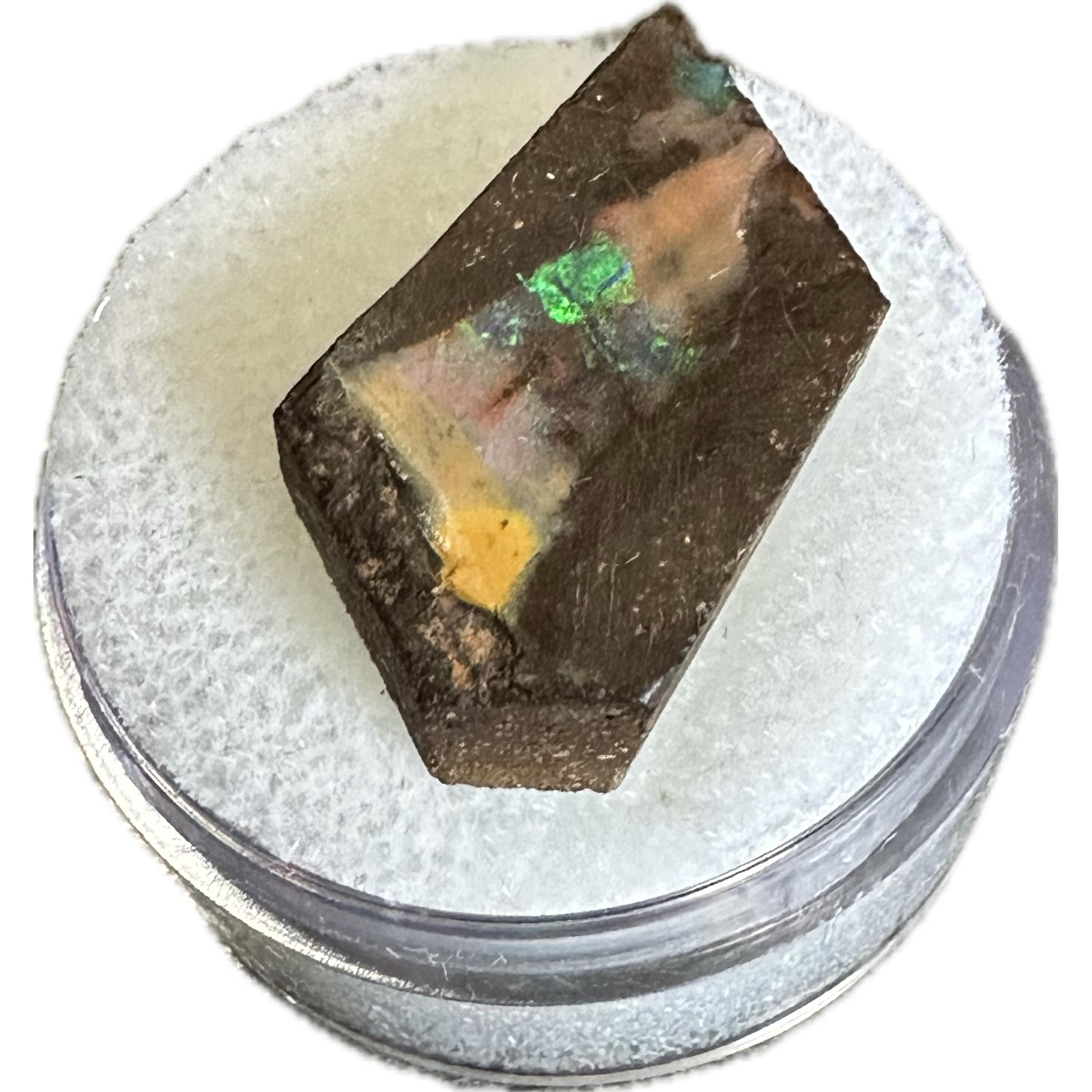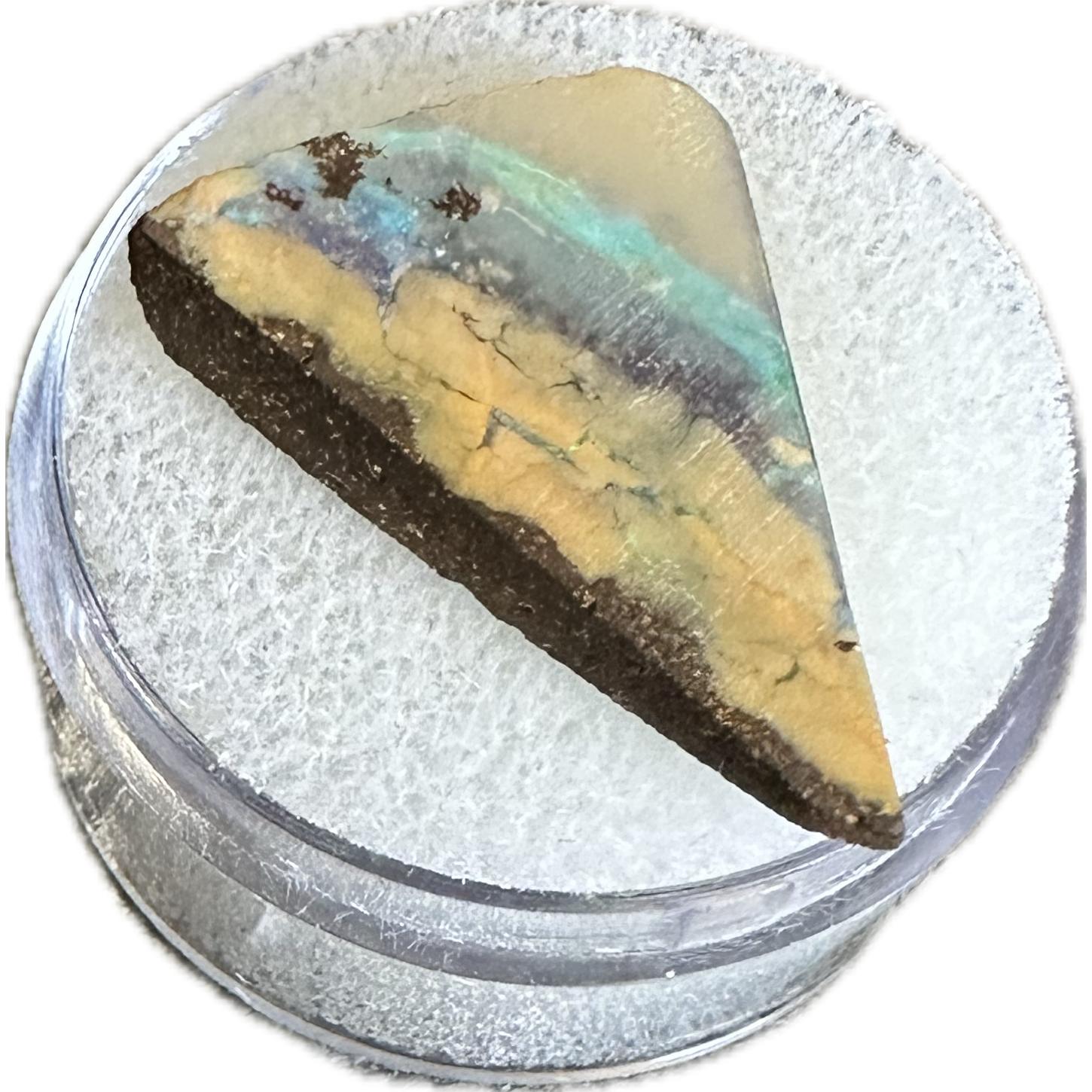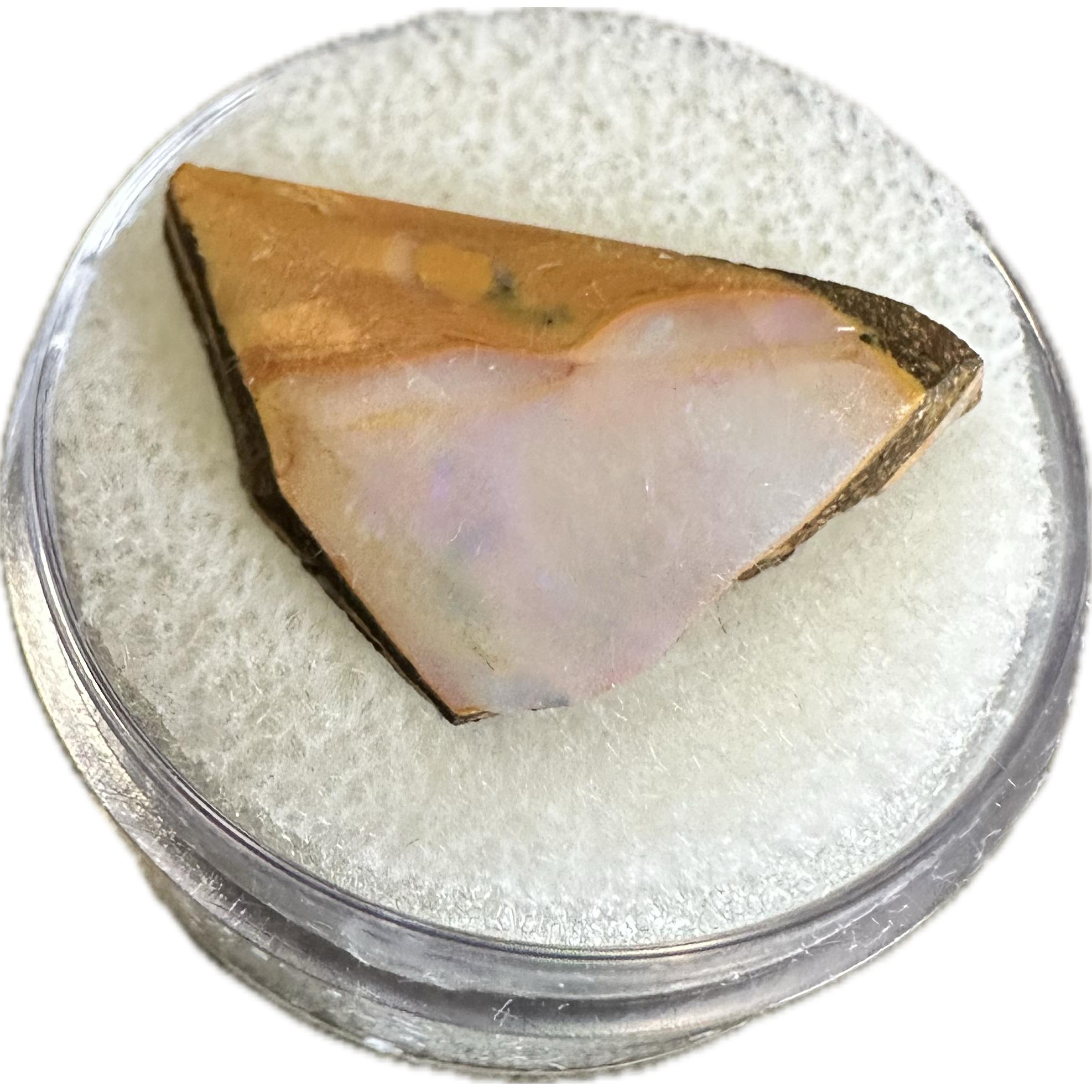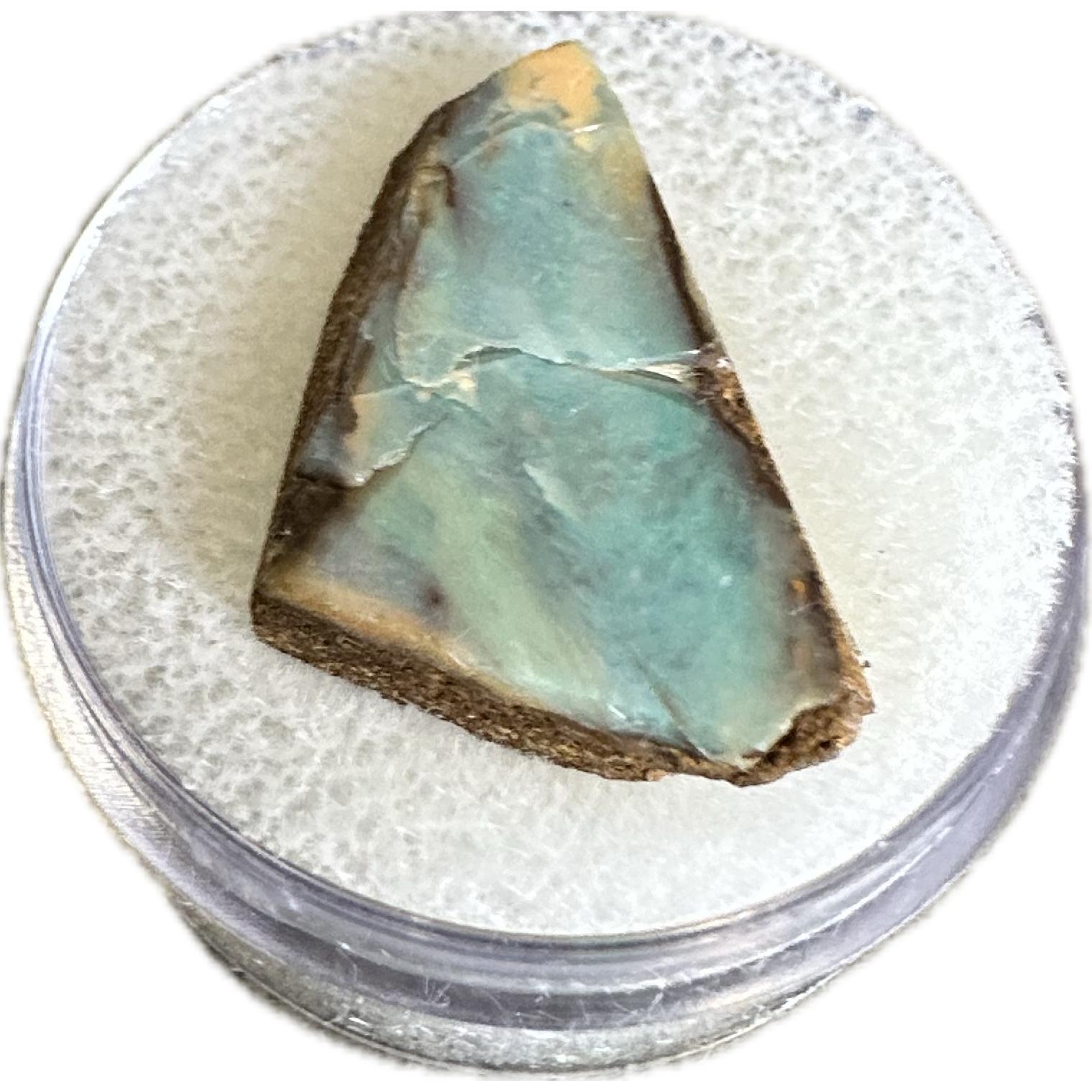Opals are mesmerizing gemstones renowned for their dazzling play-of-color, which sets them apart from other precious gems like diamonds or rubies. They are formed from hydrated silica gel found in rock crevices and fissures, making them unique among gemstones. The play-of-color, caused by the diffraction of light, gives opals their characteristic iridescence, displaying a stunning array of colors when viewed from different angles.
The majority of opals are found in Australia, particularly in the regions of New South Wales, Queensland, South Australia, and Western Australia. Australian opals are further categorized based on their body tone and transparency into black opals, white opals, crystal opals, and boulder opals.
Black opals, with a dark body tone, are the most valuable and highly sought after, showcasing a vivid play-of-color against a dark background. White opals, on the other hand, have a lighter body tone and often display a more subdued play-of-color. Crystal opals are transparent to semi-transparent, allowing light to pass through and enhance their play-of-color. Boulder opals, found embedded in ironstone matrix, often display strong play-of-color and are prized for their natural appearance.
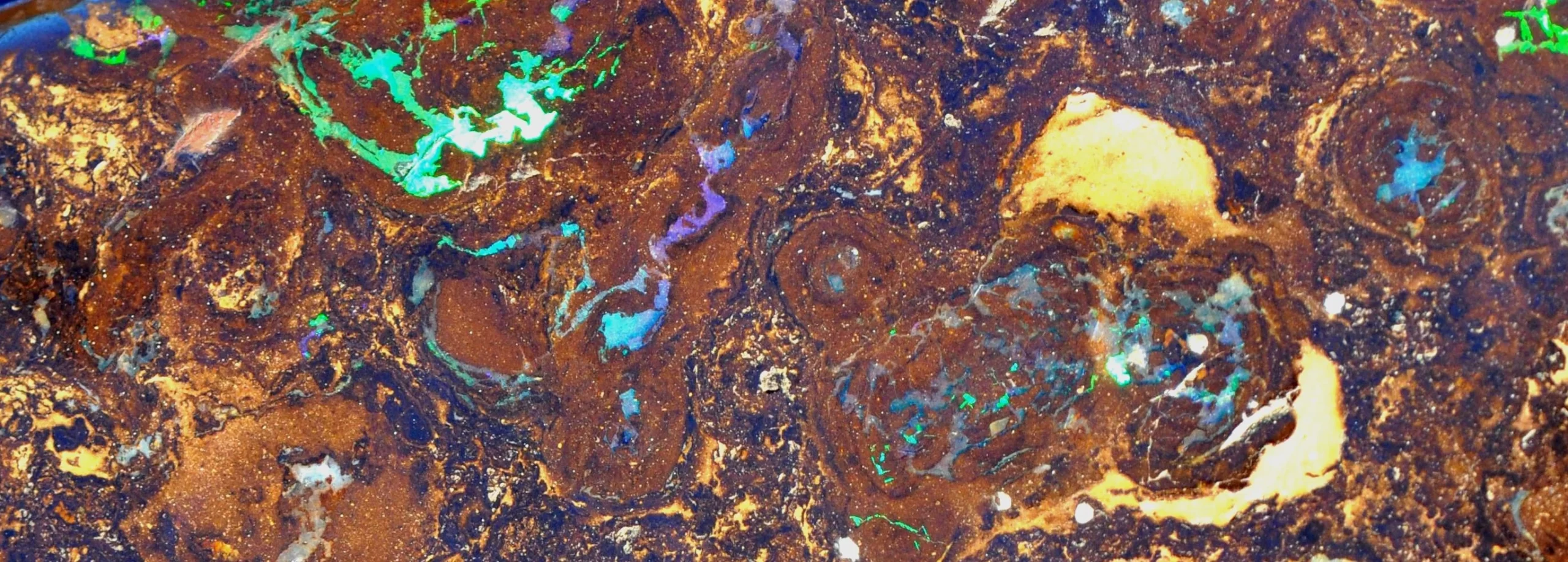
In addition to Australia, opals are also found in other parts of the world, including Ethiopia, Brazil, Mexico, and the United States. Each location produces opals with unique characteristics and colors.
Ammolites, found in Alberta, Canada, are fossilized shells of extinct marine mollusks known as ammonites. These shells have been compressed and mineralized over millions of years, resulting in a stunning display of iridescent colors similar to opals. The iridescence of ammolites is caused by the diffraction of light as it passes through the layers of the shell, similar to the formation of opals.
Green opals, specifically those from Madagascar, are a vibrant and captivating variety of opals. These opals are known for their bright green hues, which are caused by the presence of nickel in the silica structure. Green opals can range from translucent to opaque, with some specimens displaying a play-of-color similar to Australian opals.
Opals from Australia, known for their exceptional play-of-color, are highly prized in the gemstone market. The most famous Australian opal is the “Olympic Australis,” weighing a remarkable 17,000 carats and valued at over $2.5 million. Australian opals have been treasured for centuries, with indigenous Australian cultures considering them sacred and imbued with mystical properties.
Opals have a rich history and cultural significance, dating back thousands of years. In ancient times, opals were revered for their mystical properties and were believed to possess powers of protection, love, and good fortune. Many civilizations, including the ancient Greeks and Romans, treasured opals as symbols of hope and purity. In medieval Europe, opals were considered talismans of good luck and were often set into jewelry worn by royalty and nobility.
The discovery of opals in Australia in the 19th century sparked a global fascination with these gemstones. The Australian opal rush brought miners from around the world to the remote outback regions in search of fortune. Opal mining became a significant industry, with towns like Coober Pedy and Lightning Ridge becoming famous for their opal fields. Today, Australia remains the world’s leading producer of opals, supplying the majority of opals in the global market.
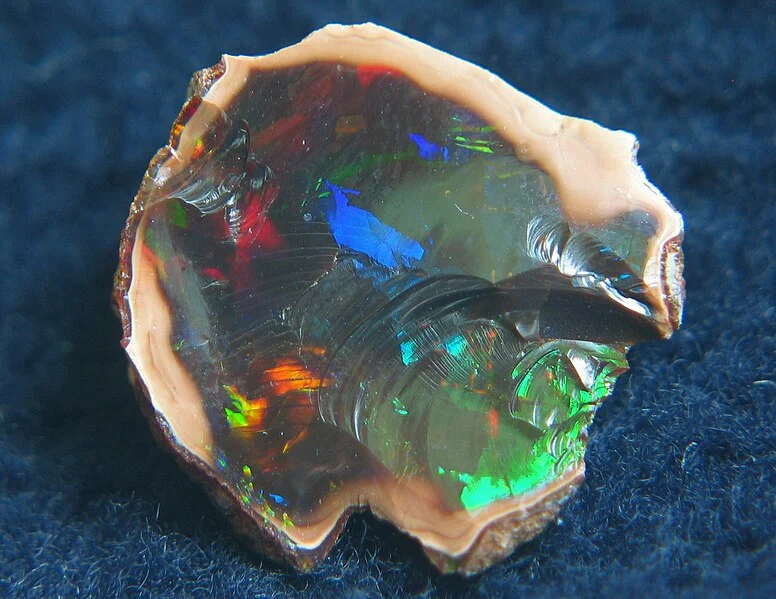
Despite their popularity, opals are relatively soft compared to other gemstones, making them susceptible to damage and requiring careful handling and care. They have a hardness of 5.5 to 6.5 on the Mohs scale, which means they can be easily scratched or chipped. As such, opals are usually set in protective settings and worn with care to prevent damage.
In recent years, efforts have been made to promote ethical sourcing and sustainable practices in the opal industry. This includes supporting small-scale miners, implementing fair labor practices, and minimizing environmental impact. Organizations such as the Opal Association and the International Opal Jewelry Design Awards advocate for responsible sourcing and ethical practices within the opal industry.
Prehistoric 101 (Learn about fossils, minerals, and meteorites)
What is an Opal?
The Opal: A Spectacular Display Of Nature’s Beauty?

